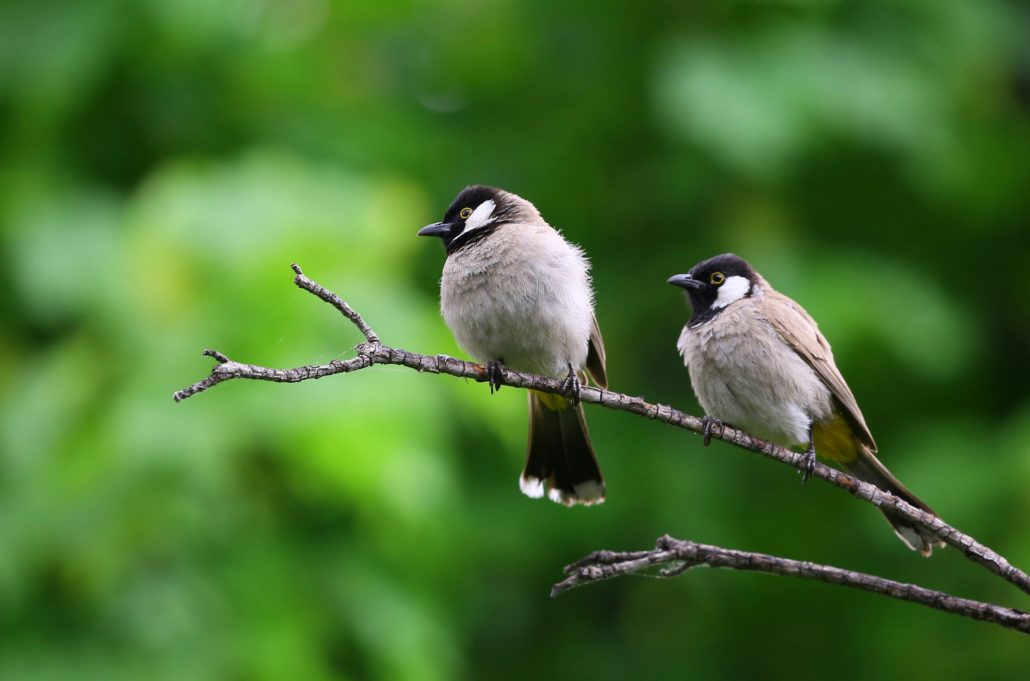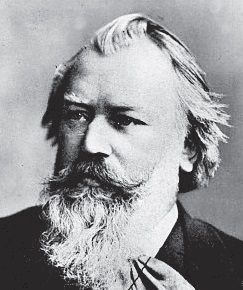PERFORMANCE DOG: Tracking opportunities in Maine
 TRAINING YOUR PERFORMANCE DOG
TRAINING YOUR PERFORMANCE DOG
by Carolyn Fuhrer
While indoor scent work is popular with many people and fun for dogs, if you have never had the opportunity to track in a real situation with your dog, you don’t know how much you are missing.
Just a few weeks ago at the end of October the Mid Coast Kennel Club of Maine put on a wonderful two-day tracking event. On Saturday, there were four TDU (Tracking Dog Urban) tests in Augusta and five TD (Tracking Dog) tests in the Somerville area. On Sunday, there were three TDX (Tracking Dog Excellent) tests in Somerville. Six dogs earned titles right here in Maine – three TD and three TDX.
Tracking is an excellent sport to watch and Mid Coast Kennel Club makes spectator participation a high priority. The spectators – called the “gallery” in tracking tests – are allowed to follow along the entire track and watch the action. There is a person in charge of the gallery and this person takes cues from the judges as to when the gallery can advance so as not to distract the dog. It is exciting to watch the dog solve various scent problems along the track and also an excellent way to learn more about tracking.
The TD (Tracking Dog) test takes place in a big field with basically uniform cover; the terrain can be hilly. The TDX (Tracking Dog Excellent) test takes place in a rural area. It can involve changes in cover, corn fields, woods, road crossing, small streams and rugged terrain. But this is not all tracking has to offer. The TDU (Tracking Dog Urban) test takes place in business parks, schools and college campuses. The test must be designed so any handler and dog can negotiate the test. The test can involve stairs. In this test, the handler must be 10 feet behind the dog on lead. The track starts on a vegetated surface. A small flag indicates the start with a scent article left by the tracklayer and a 30-yard flag indicates direction of the track. The team of dog and handler must follow the path the tracklayer walked and find an intermediate article dropped by the person and an article at the end of the track. The track must be 400 – 450 yards long and 10 percent – 30 percent of the track must cross non-vegetated surfaces such as sidewalks, small parking lots, roads, etc. It can go up ramps or stairs, along buildings, and must have three to five turns. The dog and handler work as a team. You may talk to your dog, rescent your dog, take a break and water your dog – the dog must follow the track and find the articles that were dropped. The handler must understand the dog’s indication of track or loss of track and encourage and help accordingly.
TDU is considered an entry level test. If you obtain a TDU, you are eligible for a much more difficult test – a VST. Here, dogs track again in an urban setting, but must negotiate turns on pavement, find three articles on the track and go a distance of 600-800 yards with four to seven turns. This track is three to five hours old (a TDU is 30 minutes to two hours old). Dogs in both these urban tests work in real life situations where they must negotiate traffic, parking lots, construction, people, children, playgrounds, and other real distractions that may occur in an urban setting. These tests are real, exciting and challenging and take place in actual real life environment – they require an excellent relationship based on teamwork, understanding and patience. Get real – get tracking!
Carolyn Fuhrer has earned over 100 AKC titles with her Golden Retrievers, including 10 TDX Titles and two Champion Tracker titles. Carolyn is the owner of North Star Dog Training School in Somerville, Maine. She has been teaching people to understand their dogs for over 25 years. You can contact her with questions, suggestions and ideas for her column by e-mailing carolyn@dogsatnorthstar.com.





 For Your Health
For Your Health
 SCORES & OUTDOORS
SCORES & OUTDOORS REVIEW POTPOURRI
REVIEW POTPOURRI


 by Katie Ouilette
by Katie Ouilette by Marilyn Rogers-Bull & Percy
by Marilyn Rogers-Bull & Percy
 INside the OUTside
INside the OUTside GARDEN WORKS
GARDEN WORKS